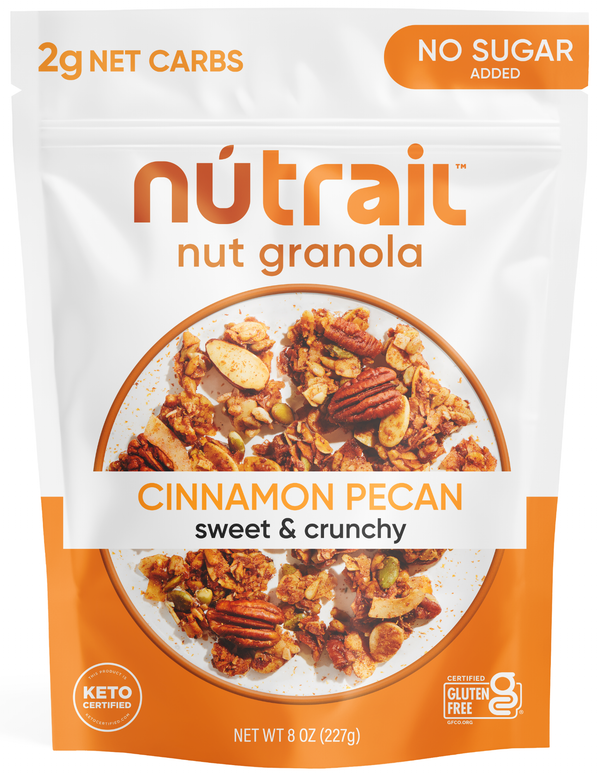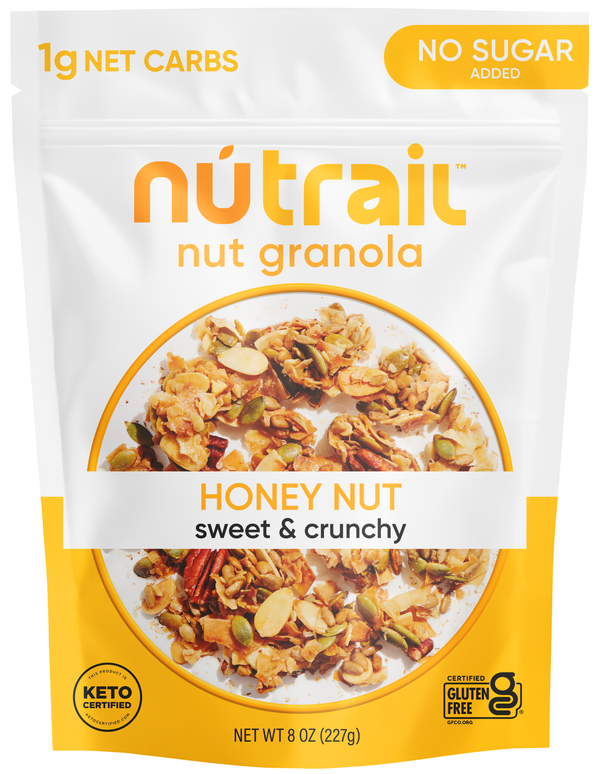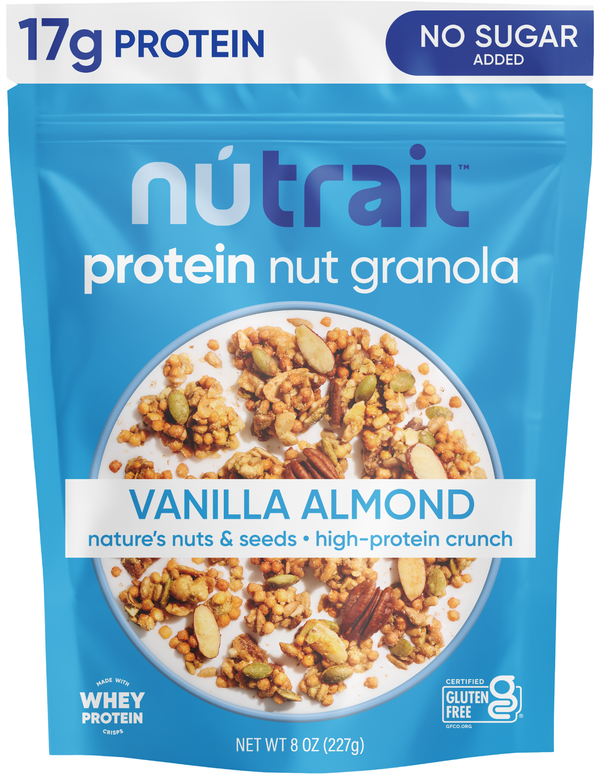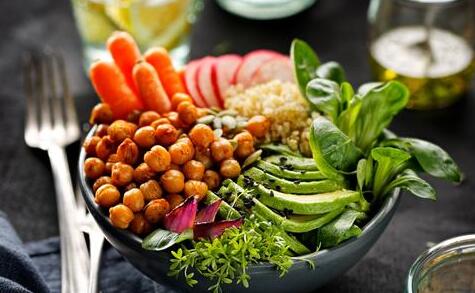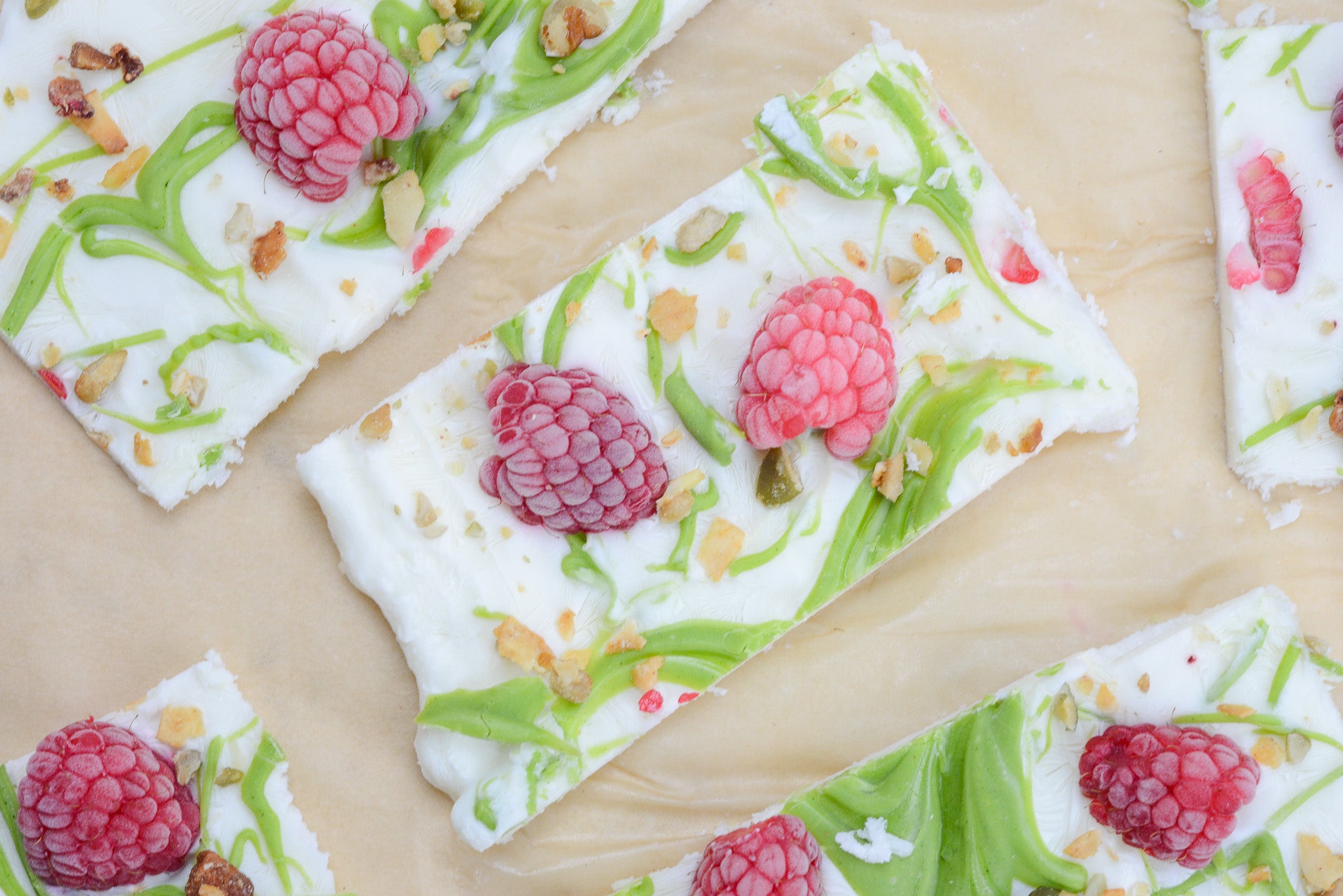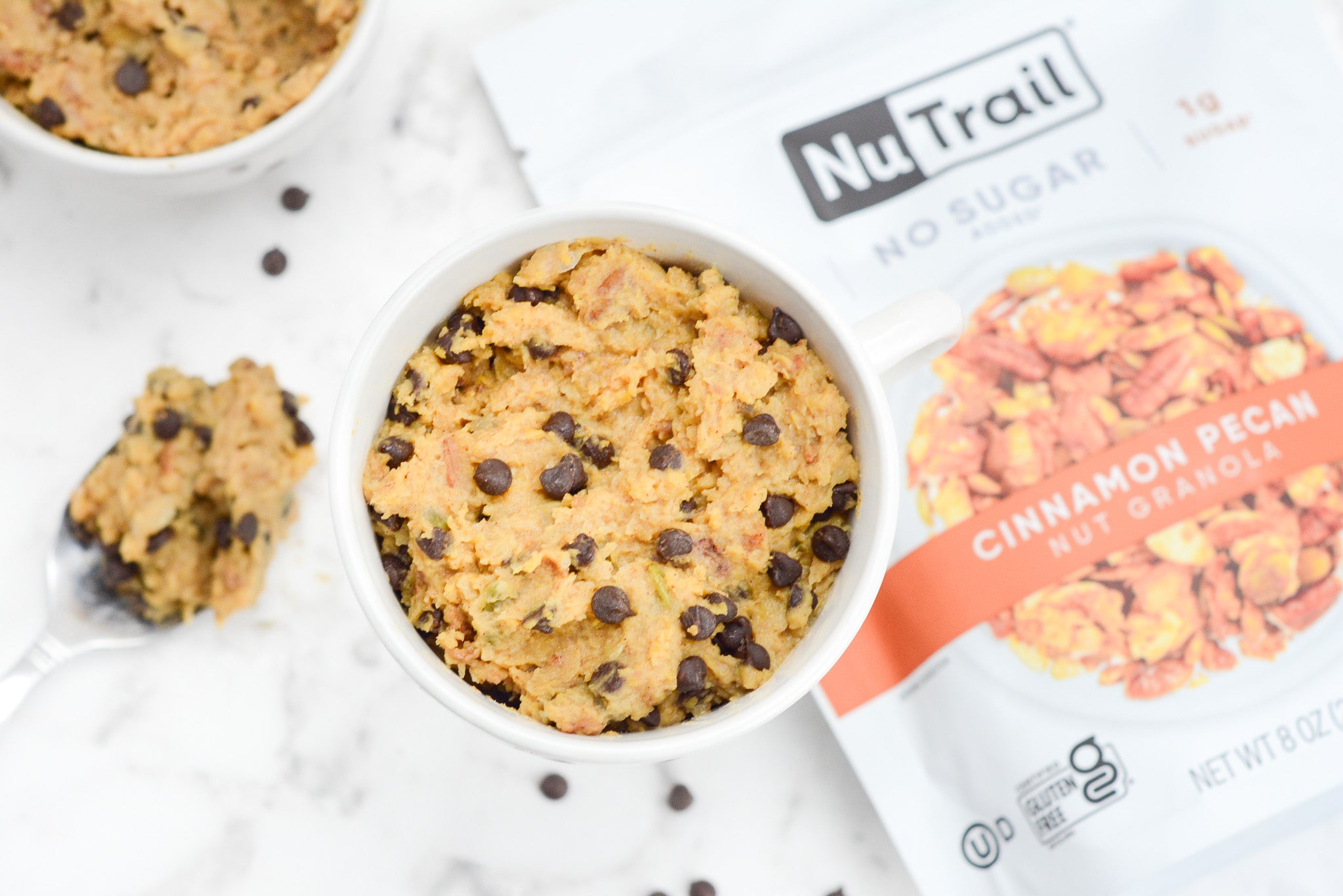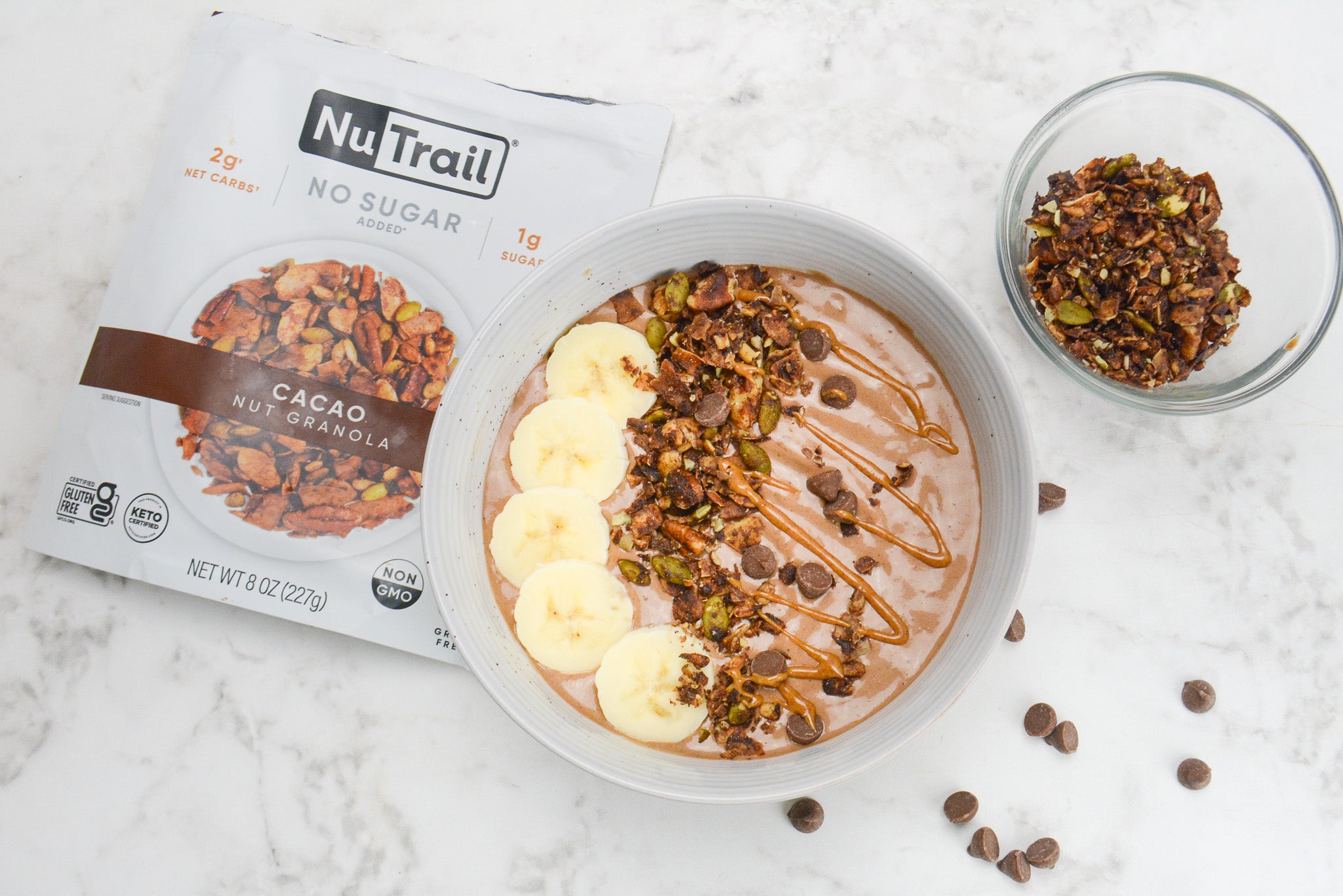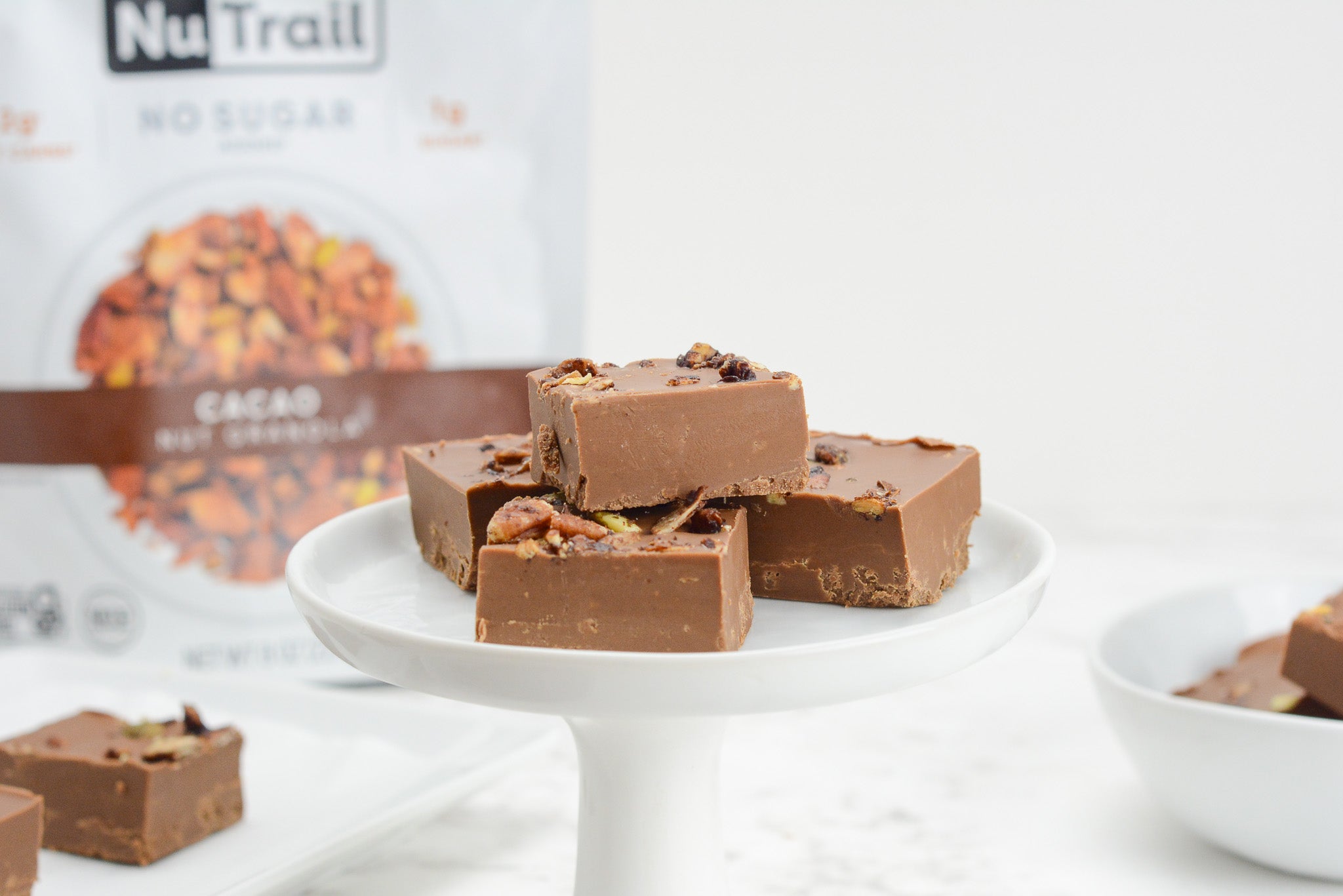If you have ever Googled, “How to Lose Belly Fat,” chances are you have probably stumbled upon many blogs and products hyping the Ketogenic Diet (AKA the Keto Diet).
Said hype has likely been followed by image after image of bacon, cheese, meats, and eggs. It is actually hard to picture a keto meal without these items. While staying in ketosis typically requires a diet that is 75% fat, we are here to tell you that not all fats are created equal.
You may see quick results by filling up on salty, cured meats and cheeses, but your long-term health will greatly benefit from consuming more plant-based fats and proteins.
While it may be a challenge at first, plant-based keto is possible if you plan ahead.
Like any other diet, it pays to prep your meals in advance when you are following a plant-based keto diet.
If you aren’t used to them, you may find that plant-based proteins, such as tofu and tempeh, lack flavor when compared to animal-derived meats. (We will tell you more about those later.)
One major benefit of prepping your meals in advance is that you can create flavorful marinades and sauces to satisfy your taste buds without drenching everything in bacon grease or topping it with shredded cheese.
You can also plan to add many more leafy greens and vegetables into your diet — just watch out for sneaky vegetables like carrots, as they are mostly carbohydrates.
Bell peppers, broccoli, asparagus, and zucchini are all among the low carb, high fiber vegetable options you are going to become very familiar with.

And hey, we are about to blow your mind with this one (you can thank us later)! If you haven’t heard of Tajin Seasoning (AKA the “make everything delicious” miracle), you need to up your spice rack game.
It is our go-to for meal prepping, especially for sprinkling on pre-cut raw veggies. The best part is that it contains ZERO carbs.
We would also like to add that it is a stellar addition to any spicy keto cocktail. Tajin and watermelon should just go ahead and get married already!
Read on for other pointers for success with a plant-based Keto Diet.
Eating Clean: What to Eat on a Plant-Based Keto Diet:
Plant-based keto recipes may include some of the same staples as a normal keto diet. For example, both promote the consumption of oils such as MCT, coconut, extra virgin olive, and avocado oil.
The biggest difference between keto vs. plant-based keto is that the latter tends to be a bit “cleaner.”
“What is clean eating? I used hand sanitizer before my meal and wore a mask to my table. Does that count?”

All jokes aside, eating clean basically means avoiding all processed foods and consuming only whole foods.
While this doesn’t explicitly exclude meat from your diet, it is a helpful guideline to add to your plant-based keto quest.
Clean eating also means avoiding refined sugars and dairy. With regular keto, you will likely start your day with bulletproof coffee, which contains MCT oil and grass-fed ghee (clarified butter).
But, since butter isn’t plant-based, you will have to skip that ingredient. While any oil is fine, a worthy alternative is coconut oil, which we think tastes the best with coffee.
Be careful not to add too many vegan versions of traditional products, such as vegan butter.
Many of them contain extremely processed ingredients that will wreak havoc on your system. If you are unsure at first, we suggest reading every ingredient label and if there are items listed that you can’t pronounce, don’t know what they are, or can’t picture in your mind, you shouldn’t eat the item.
If an ingredient is truly a whole food, you will know what it is. For example, picture sodium benzoate in your mind… we’ll wait…
… didn’t think that would go over easily.
Sodium benzoate is a chemically derived preservative that has been associated with the onset of several health issues. It is better to skip it and whenever possible, opt for fresher foods that do not need to be so heavily preserved.
The regular keto diet requires limiting carbs already and doing it completely plant-based is no different. So, this means cutting grains, starches, legumes, and most fruits.
This doesn’t mean you have to suffer. It just means you must find healthy alternatives, plan ahead, and up your ante in the kitchen.
“So, what the heck CAN I eat??”
If you are wondering how to start eating clean, we encourage you to revisit the basics of counting and tracking your macros on the keto diet. All those same rules still apply. You simply need to reframe your list of ingredients with some new filters. Let’s go through the macros one by one.
Firstly, you have your fats. They should make up 75% of your intake. When you are executing a plant-based keto diet (or regular keto diet, for that matter), your fats should all be monounsaturated.
They also all need to be derived from plants. This basically leaves you with only four options, which are nuts, seeds, oils, and avocados.

Technically, raw, unprocessed, and unsweetened dark chocolate is also a monounsaturated fat. It might sound delicious, but in its natural state it is actually quite bitter, so we will leave that out.
To get your fill of plant-based fats, stock up on nuts and seeds (or nut and seed butters). They can be a delicious snack on their own or mixed in with other ingredients.

Oils can be used to cook with or drizzled on top of salads or steamed veggies. Avocados are delicious in any form, but we can’t get enough of them sprinkled with Tajin Seasoning!
Next up is protein, weighing in at 25% of your caloric intake. When most people picture protein, meat and eggs typically come to mind. Let’s discuss the three main plant-based protein options:
-
Tofu, which is derived from soybeans. If you have ever eaten Japanese food, you have likely sampled little pieces of tofu in the miso soup served prior to the meal. This little, spongey delight is low in calories and high in fat and protein. While it isn’t flavorful on its own, it does take well to marinades and sauces. It is basically a blank canvas and an opportunity for you to get creative in the kitchen!

- Tempeh is also derived from soybeans, but it is fermented (which is great for gut health!). It has a firmer texture than tofu and a bit more of a nutty flavor. It is our go-to for tacos, or any ground-meat substitute because it can be crumbled into little bits without totally losing its firm consistency.
- The last common option in the family of plant-based proteins is seitan. It is made of vital wheat gluten. If you have Celiac Disease or gluten intolerance, this option is not for you. Even if you don’t suffer from either of those conditions, it can be difficult to digest, however, it is the most meat-like of the three because it is extremely firm. The consistency is like a very well-cooked, boiled chicken breast. Try it in a stir fry or casserole because it will stay firm even after baking for hours.
Our last and least favorite macro is carbohydrates. As keto enthusiasts, we avoid these like the plague.
They should only account for 5% of your diet. With a clean, plant-based regime, almost all your carbohydrates will come from vegetables. If you choose wisely, you can consume a whole lot of veggies without maxing out your carb allowance.
In fact, we recommend spending most of your time grocery shopping in the perimeters of the store. The produce aisle will be your safe haven if you are trying to avoid processed foods, preservatives, and other toxic and empty calories. The greener, the better.

One of our favorite plant-based keto recipes is kale, chard, and collard greens lightly sautéed in coconut oil. Add a dash of rice vinegar or a squeeze of fresh lemon and a few pinches of nutritional yeast. Your taste buds will sing!
The Benefits of Eating Clean
With a plant-based keto diet that is free from processed foods and preservatives, you will have more energy and improved cardiovascular health.
You also increase your chances of disease prevention and weight loss. Others will likely notice your glowing skin. Who doesn’t love that?
In addition to health benefits, the environment will thank you for halting your meat consumption. In doing so, you are reducing global warming and saving water and other precious resources.
You are substantially reducing your carbon footprint as well. Farming vegetables takes approximately two to three times less space than farming meats.
While it may seem daunting at first, going keto without eating meat is totally doable. If you aren’t able to sacrifice everything at once, we recommend a phased approach.
You can begin with just the regular keto diet. Cut carbs and get your macros in check. Next, limit your meat intake to chicken and fish only.
After that, cut out the dairy (look forward to positive changes in your complexion after this step). Finally, cut out the fish and chicken. You will likely find that you are energized and satisfied.
Good luck!
NuTrail — Keto Granola, Biscuits, Bread and Baking Mixes
Join our Keto Community on Instagram & Facebook.
Sign up to receive NuTrail emails.

